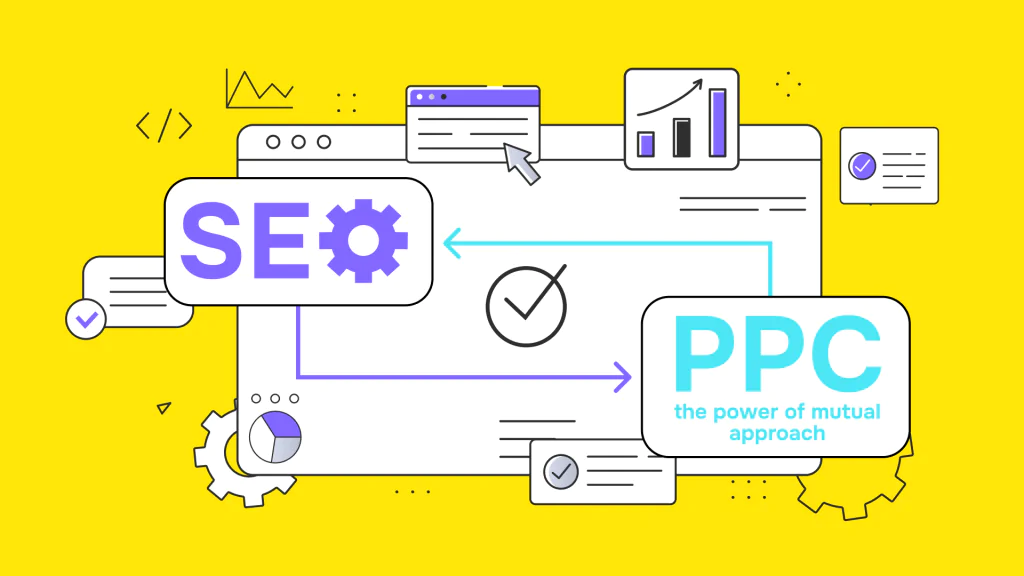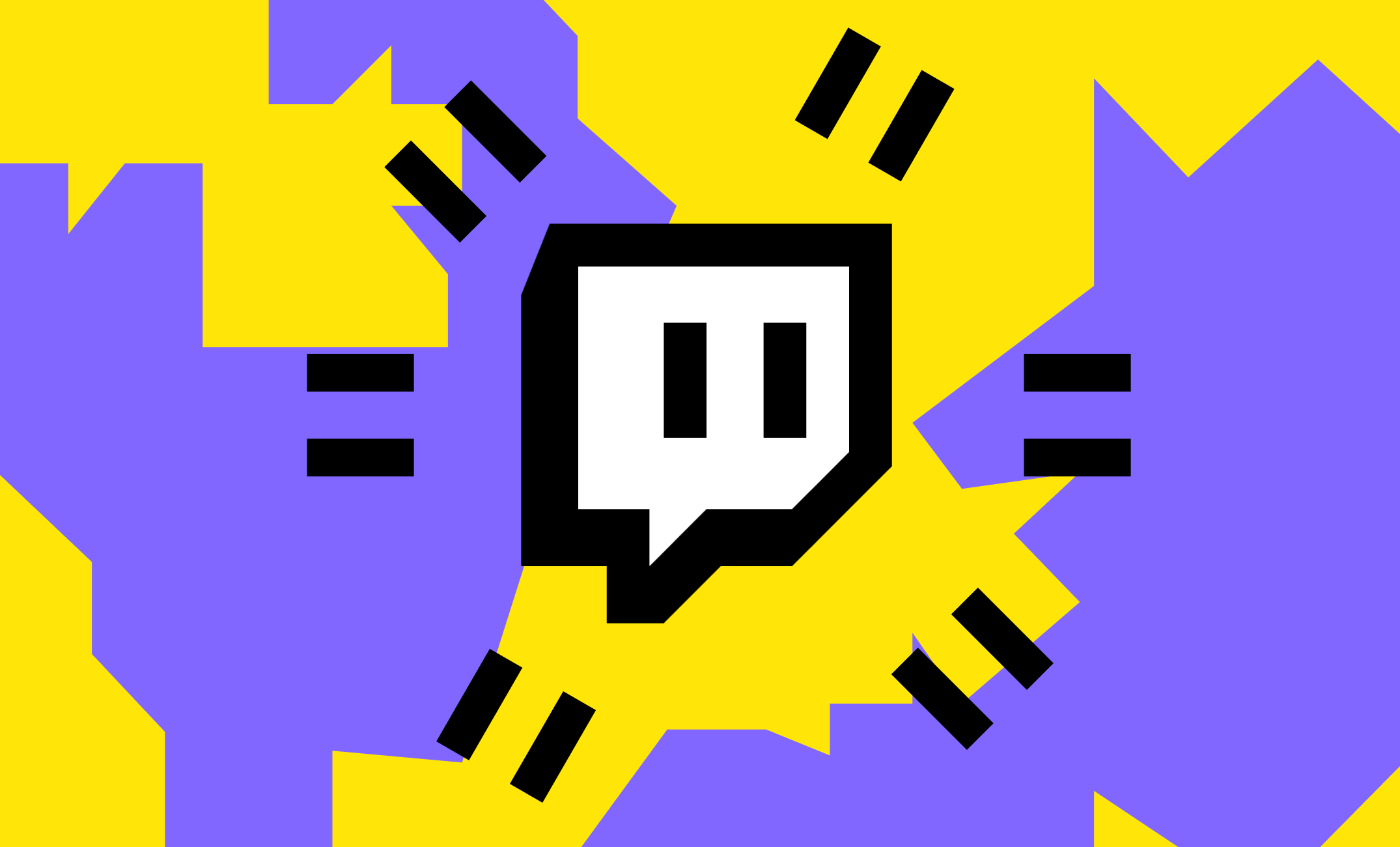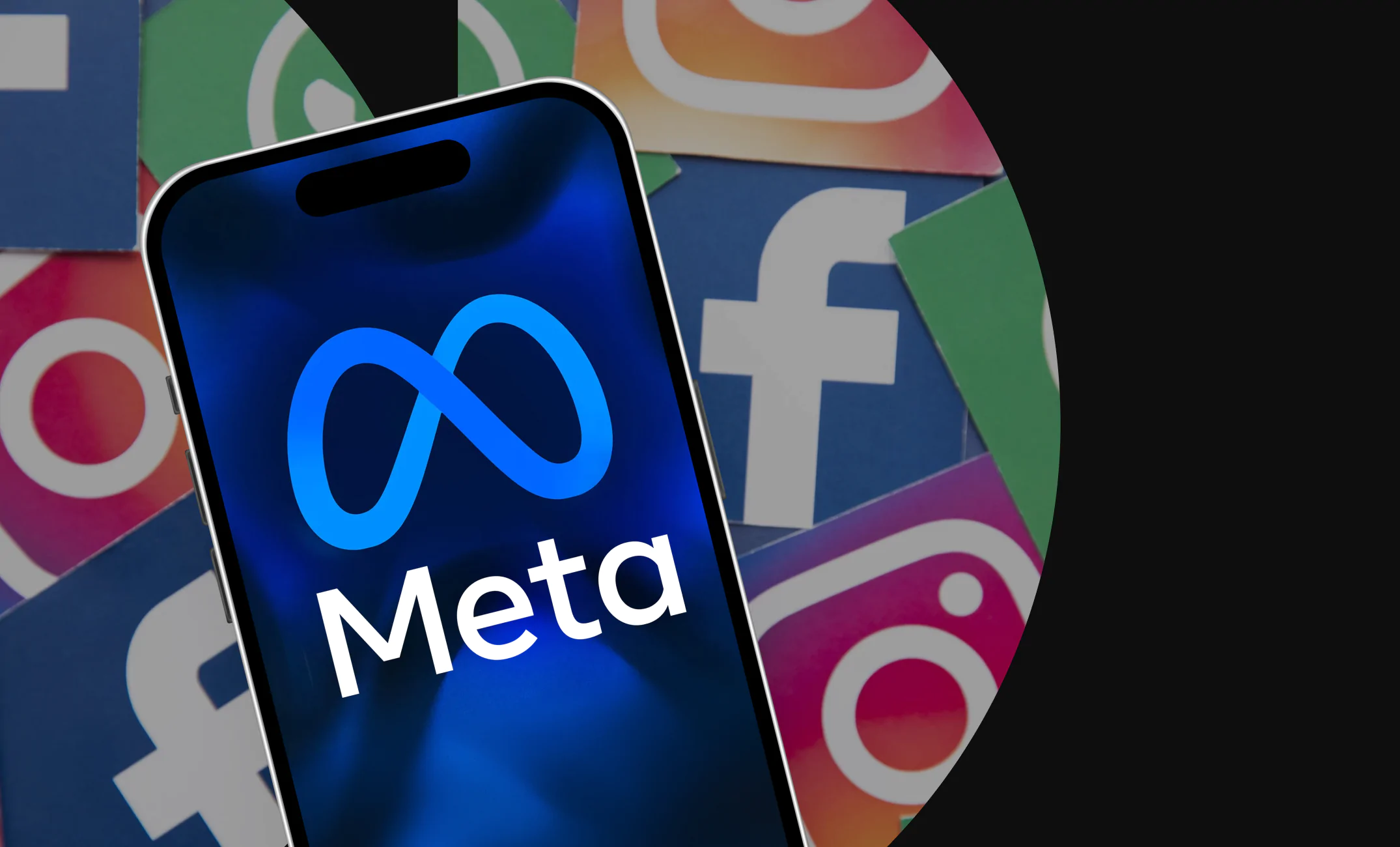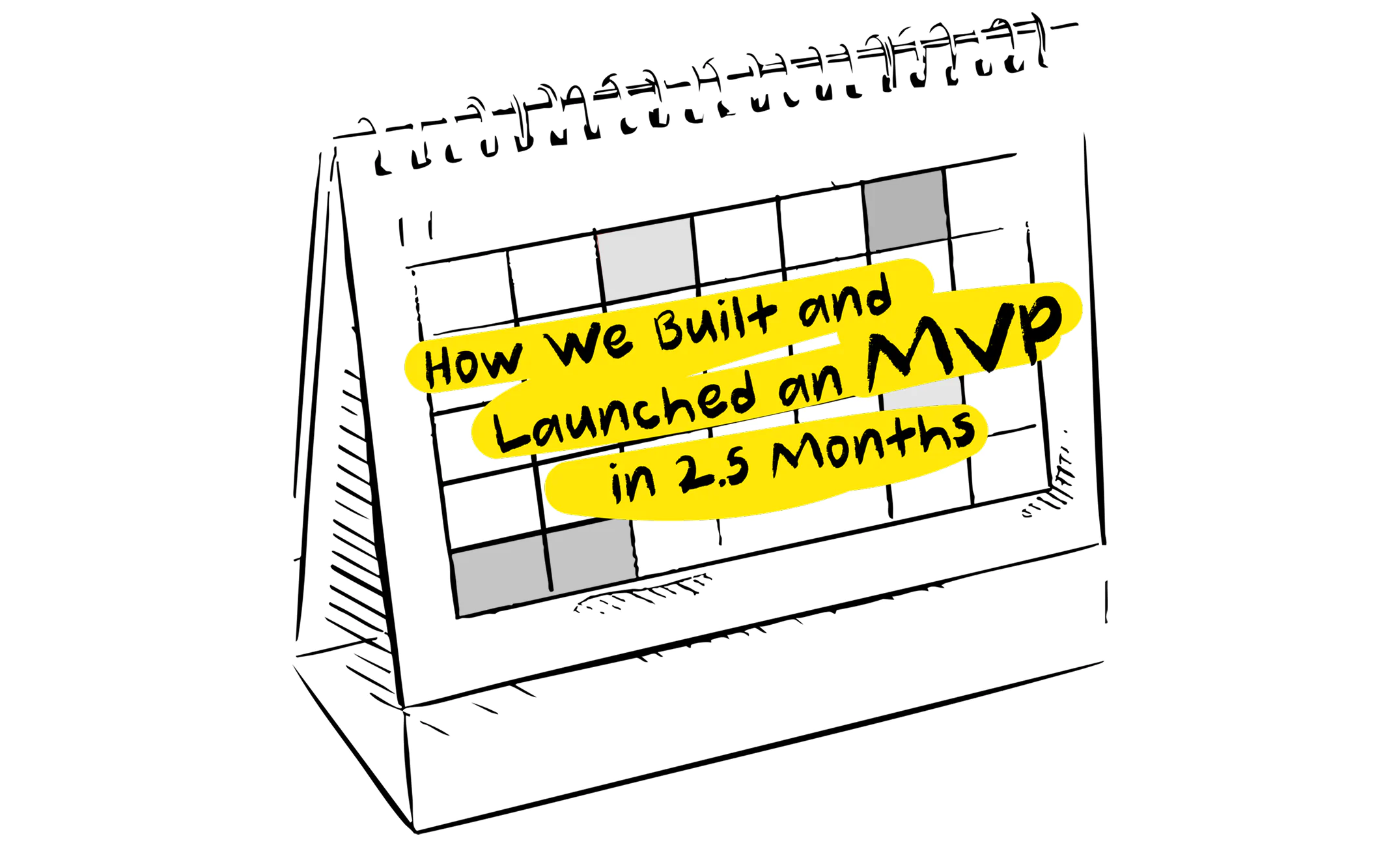An aspiring marketer is launching a new e-commerce project and faces a natural dilemma: “What’s the correct budget percentage to allocate to organic and paid marketing? Or should I fully focus on one approach?” Spoiler intended: relying on just one method leads to stagnant sales or a fading Google search presence within months. Resolving these questions is essential for scaling up any project.
In this article, the Mr.Booster team cuts through the noise to find the right balance between SEO and PPC advertising in 2025. Beyond theory, we provide actionable insights that you, as a marketer, can utilize in your strategy right away.
Organic Marketing: where patience matters
Organic marketing refers to the brand promoting a strategy that relies on creating original content without directly paying for advertising campaigns. The approach breaks down into the following funnels like SEO (Search Engine Optimization), content marketing and Social Media Marketing (SMM).
SEO
SEO is a play for a long run as the backbone of your product in the digital space. It’s the crucial part of advertising as Semrush and Embryo Agency report, 92% of global traffic comes from Google, and 53% of all website traffic originates from organic search.
Content marketing
By producing educational and shareable content that appeals to audiences, content marketing enhances SEO. According to Webfx agency, 72% of marketers consider publishing high-quality content as the most effective SEO tactic. Moreover, the long-read content, like articles with over 2500 words, generates more backlinks and higher engagement.
SMM
Social media activity fosters presence in search results, indirectly contributing to SEO through “social signals,” where Google recognizes likes, shares, comments, and overall engagement. Consistency is key — companies posting 4+ times per week see 167% more engagement than those with irregular schedules.
When describing the pros of paid advertising, we highlight:
- Cost effectiveness. The content is based on uniqueness, the compound of backlinks and relevance to the audience.
- High ROI. Businesses earn an average of over $22 from every dollar spent on SEO, per stats from SmartInsights.
- Building trust. 81% of users find organic search to be more trustworthy. Appearing on the first page in Google search is still crucial as 75% of the audience never go to the second page (Hubspot).
- Long-term focus. It requires hard work (with more than 3 months to see the first results) but benefits in the long run.
Lasting success in the digital world necessitates organic marketing, however, it has its obstacles.
The main cons are:
- Long-waited results. Experts wait 6–12 months to break even and up to 3 years to maximize ROI (Shopify).
- Algorithm Dependency. Websites are highly dependent on Google and social media algorithm updates.
- Slow Traffic Growth. Websites need a high level of consistency and engagement to stay on the track, requiring investments in time, tools and skills.
How can companies improve organic marketing in 2025
The approaches are individual depending on the stage of the business, where:
Startups need to focus on brand awareness and the sales funnel. Promoting their products organically and smoothly is essential, as search engines recognize an inflated number of links as a red flag. In narrow niche markets, startups can increase their chances of quick results with the help of crowd-marketing and social media.
Established companies, on the other hand, must prioritize:
- Technical SEO as the foundation
- Automation and scaling
- Focus on E-E-A-T (Expertise, Experience, Authoritativeness, Trustworthiness) and fostering domain reputation.
In red ocean competitive markets, such as fintech or electronics, it takes years for companies to amplify their domains through expert content, media campaigns, and complex technical optimizations.
Paid Marketing: Driving immediate results
PPC remains a primary force in paid marketing, driving conversions, traffic, and visibility immediately. It is also the second most impactful advertising channel behind content marketing, with 93% of marketers considering it effective or highly effective, as reported by Emarketer. In addition, paid search accounts for 23% of traffic, surpassing social media and email marketing.
Based on data from Statista, the paid advertising platform picture is as follows: Google Ads takes the lead, with 98% of marketers using it as the primary launchpad, Facebook (76%), Instagram (70%), and TikTok (31%).
Advantages and disadvantages of paid advertising
Pros
- Instant Results. Adverts provide visible results within hours after the campaign launch
- Measurability. Predicting ROI by tracking metrics like clicks, impressions, and conversions
- Budget scalability. Businesses can quickly respond to statistics and adjust ad spending based on current performance.
Cons
- Competitive markets increase ad expenditures, draining budgets
- Short-Term Impact. Once the budget runs out, brand visibility declines. It backfires badly when organic efforts are not in place
- Algorithms changes throw a wrench in the works, requiring constant monitoring and adaptation.

SEO + PPC: the power of mutual approach
As the title inclines, implementing both approaches creates an advertising synergy in a digital landscape.
Boosting organic search by ad campaigns and vice versa.
Paid advertising backs up the SEO by accelerating the slow-moving process in the realms like:
- Brand awareness campaigns. Ad campaigns significantly increase the organic queries of a brand, which in turn coins in to higher SEO ranking
- Keywords. The paid advertising statistics help the SEO team to identify the high-converting keywords and adjust their strategies
- Trustworthy. Interactions with the content leads to compounding the backlinks and improving the domain authority.
If the brand lacks recognition, the promotion through brand requests won’t be sufficient to drive traffic. This is where paid advertising creates primary company awareness and shapes the demand by media and performance marketing.
To illustrate the successful integration: when the project launches ad campaigns to increase brand visibility, simultaneously, SEO optimization runs up, preparing for clients to search for the brand and related products. In the technical aspect, Google reduces CPC if the website is well-optimized.
Social media corelation
For paid ads, audience presence and activity are indispensable. The key metrics for a marketer running a social media ad campaign are engagement rate, reach, CTR, and brand traffic growth. The goal is to decrease the final CPA numbers. If the marketing budget is scarce, the marketer can focus on a content strategy aimed at retention and retargeting.
Some content formats yield higher results in conjunction with paid ads:
- Algorithms praise video and push it further than other formats.
- Visual guides and infographics simplify comprehensive materials, especially in B2B segments.
- Expert articles, case studies, guides, and curated lists nurture the customer, moving them down the sales funnel.
They are replaceable, but is it worthy?
Theoretically (and for some companies practically), both paid and organic strategies can be mutually exclusive. However, the highly competitive market leaves little room for such decisions.
Let’s break down scenarios where:
Organic operates without paid:
– Niches with evergreen content, where a thoughtfully written guide generates engagement for years.
– Brands with a strong community that persistently shows likes, comments, and shares.
– Focus on reputation and E-E-A-T. Here, the content adds to the “discovering naturally” sense for users, building trust and credibility over time.
Paid operates without organic:
– Quickly testing hypotheses or launching a new product.
– Boosting seasonal campaigns and untapped offers.
– Scaling existing funnels by driving traffic from ads to already high-converting content.
– Expanding into new markets without waiting for SEO to build local trust.
Integrating key metrics
When combining both approaches, the KPIs remain tied to their respective domains. Most important indicators become clear in the aftermath. The metrics to pay attention to for a long-term sustainability: LTV, CPA, NGR, ROI.
Organic and paid mix. Differences and synergy
| Organic marketing | Paid marketing | Combination | |
| Purpose | Long-term digital footprint and credibility | Prompt results and visibility | Robust expansion with ongoing rapid results |
| Channels | SEO, content marketing, SMM | PPC, targeted advertising, media | SEO + paid campaigns to spur rankings |
| Results period | 3-6 months | Few days | Quick data for organic strategy |
| Budget | Minimal cost, but takes time and effort | High upfront cost | Optimal budget allocation (80/20 or 70/30) |
| ROI | High on long haul | Swift but temporary | Top ROI due to a hybrid approach |
| Success metrics | Traffic, search positions, CTR, domain rankings | Clicks, conversions, CPA, ROAS | Overall metrics: LTV, NGR, total revenue |
| Risks | Slow start, dependence on algorithms | Budget dependency, decreased visibility after stall | Minimum (depends on overall market competence) |
| Recommended use | Non competitive niches, long term brands | New product promotion, seasonal promotions | Lead generation, hypothesis testing, scaling up |
Allocating the marketing budget seamlessly
To resolve the budget allocation between the two approaches, we suggest prioritizing paid advertising for startups or products entering a new market. The exact distribution is approximately in the range of 80% on performance marketing and 20% on organic efforts.
Paid campaigns deliver results and data within the first days. During this time, it’s important to maximize the value from campaigns:
- Hypothesis testing and refining offers,
- Optimizing landing pages,
- Identifying the target audience.
- As data is patiently gathered, the budget can gradually shift toward creating a robust organic strategy, which will later show results within the next 3–6 months.
For example, an iGaming product can combine both approaches. Simultaneously, while investments in performance marketing and retargeting are underway, the team can work on SEO and secure branded domains. As a result, when traffic drives in, branded domains are already prepared and optimized.
The Hybrid Approach Recommendations
1. Organic foundations. Create an SEO plan and accumulate a backlog of worthwhile material. Simultaneously, interact with the audience on social media.
2. Amplify ad campaigns. After gaining momentum, launch targeted campaigns to reach new audiences and use paid advertisements to boost the best-converting organic content.
3. Adjust as it goes. Adapt the organic approach based on data driven from paid efforts. Double down on content if certain topics or keywords perform well in ads.
4. Leverage retargeting. Target users who have interacted with organic content.
What the future holds. Current evolution in paid and organic marketing in 2025
The irreversible changes are happening in the advertising environment. Companies first to revise their strategies and successfully integrate market trends stay afloat. The Mr. Booster team shared the key areas to monitor and focus on.
Adapting marketing strategies in SEO for 2025
- Search Generative Experience (SGE) (AI-driven search). Although ChatGPT is far behind Google in daily search-equivalent queries (37.5 million vs. 14+ billion searches, respectively), AI chatbots will visibly shatter CTR metrics.
- Google will continue prioritizing the EEAT framework in domain quality evaluation.
- Generic, low-effort and content without significant contribution will lose its ranking positions.
- Traffic is no longer confined to text-based searches. In multimodal SEO, voice commands, photo searches, and video searches are becoming a reality. We will see more traffic from YouTube, Google Images, and voice search.
Staying Up-to-Date with PPC Advertising
Every year, there are speculations about discarding classical ad formats. However, the market shows ambiguity — whatever yields high ROI today may fail tomorrow. The rule of thumb is to focus on:
- Stable sources while testing new ones steadily
- Deeper analysis through attribution and post-view metrics
- Creatives with the most interactive mechanics. For instance, interactive mini-games are popular in iGaming mobile product creatives right now. Therefore, conventional web banners will acquire more dynamic and interactive HTML creatives as well.
- Retargeting, as the market is competing for every client and cookie policies are changing. It is crucial to prepare today and already implement user retention strategies.
Conclusion
It leaves no room for doubt that a holistic approach is the right answer when comparing paid and organic advertising. Both weigh into the overall marketing strategy. It’s about finding the proper balance that builds the foundation for future results. Ask yourself: “Am I heavily relying on one of the channels? Are there enough resources to invest more into SEO to support ad spending? Or am I in the early stages of business development, and I need to go for targeted advertising while also fostering domain trustworthiness?“
By adopting and leveraging a combined strategy today, you are preparing your company for tomorrow’s challenges. In a rapidly evolving market, even small missteps can take a toll on effectiveness. To operate smoothly, Mr.Booster is ready to elevate current advertising strategies to the next level by providing a seamless, curated approach—all in one place.


